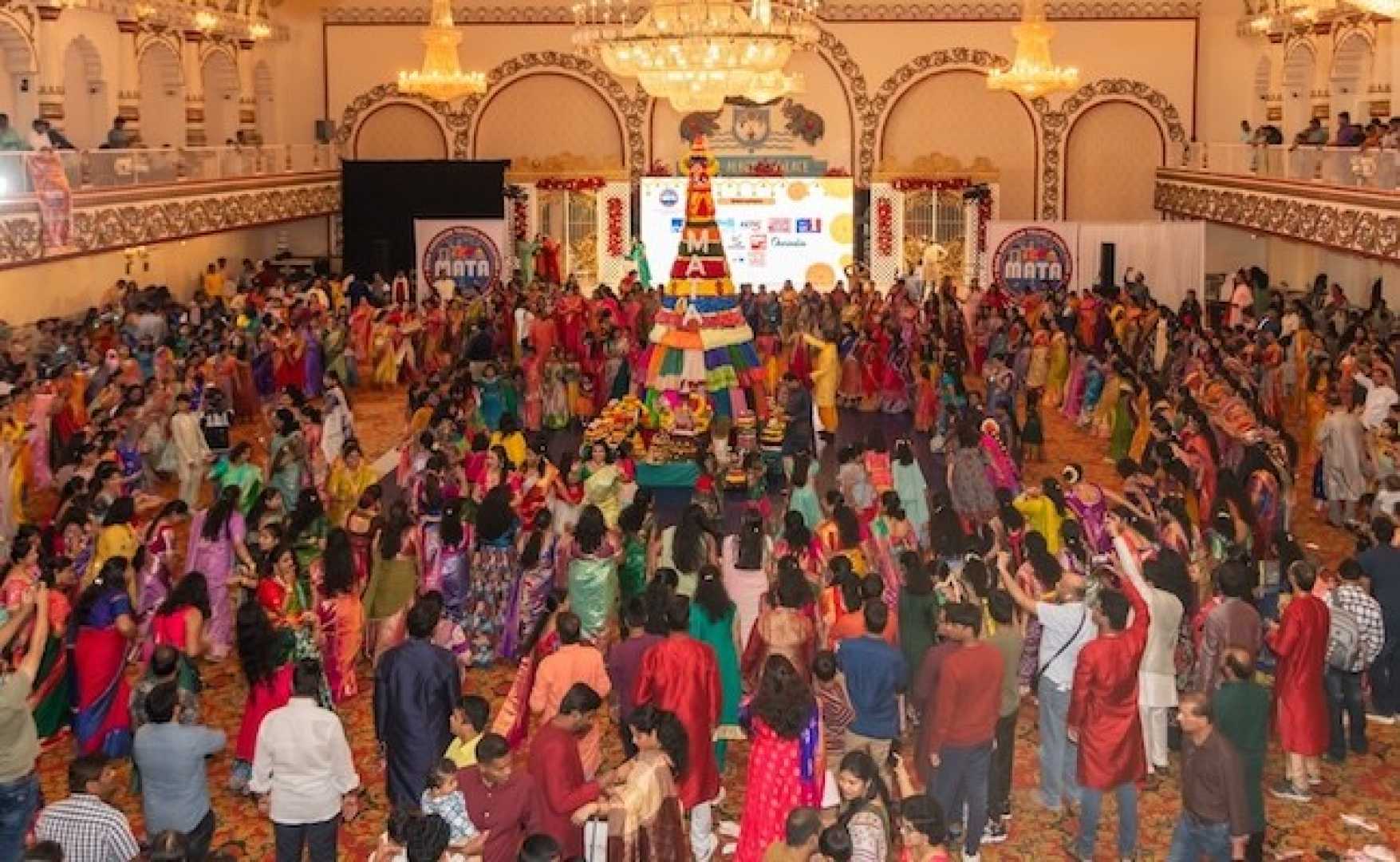News
Dussehra 2024: Observance and Traditions Across India

Dussehra, also known as Vijayadashami, is a significant Hindu festival celebrated to mark the triumph of good over evil. Observed on the tenth day of the Hindu month of Ashwin, following the nine-day festival of Navratri, Dussehra is steeped in cultural, religious, and spiritual traditions throughout India.
The festival commemorates Lord Rama‘s victory over the demon king Ravana, a pivotal event from the ancient epic, the Ramayana. Ravana had abducted Sita, the wife of Lord Rama, which led to a fierce battle. On the tenth day, Lord Rama defeated Ravana, symbolizing the victory of good (Dharma) over evil (Adharma). The defeat of Ravana is further celebrated as an exemplar of righteousness triumphing over wrongdoing, reflecting the festival’s universal message.
In 2024, Dussehra will be observed on Saturday, October 12. According to Drikpanchang, the Vijay Muhurat, or the auspicious time for rituals, is to be held between 2:03 PM and 2:49 PM. The Dashami Tithi begins at 10:58 AM on October 12 and concludes at 9:08 AM the following day.
In West Bengal, Dussehra coincides with the final day of Durga Puja, known as Bijoya Dashami, marking Goddess Durga’s victory over the buffalo demon Mahishasura. This aspect of Dussehra highlights the cultural diversity of the festival across different regions of India, emphasizing not only Rama’s victory but also the triumph of Goddess Durga.
The observance of Dussehra involves a variety of traditional foods considered auspicious. Jalebi and Fafda are traditional treats enjoyed in Gujarat, believed to symbolize the celebratory spirit of the festival. In Karnataka, sweet dosa is a common offering during Saraswati Puja on this day. In West Bengal, Rasgullas symbolize joy and purity. The consumption of Paan is tied to the legend of Lord Ram’s victory celebration by his allies, Kumbhakana and Meghnath.
Other traditional foods include Kheer, a rice pudding, which represents sweetness and purity, and is offered as a mark of gratitude and celebration. Coconut, considered highly auspicious, is often broken during rituals as an offering to the gods to symbolize purity and prosperity.
The diversity in celebrations across different regions of India reflects the rich tapestry of beliefs and traditions associated with Dussehra, as communities come together in shared festivities that underline cultural unity.












